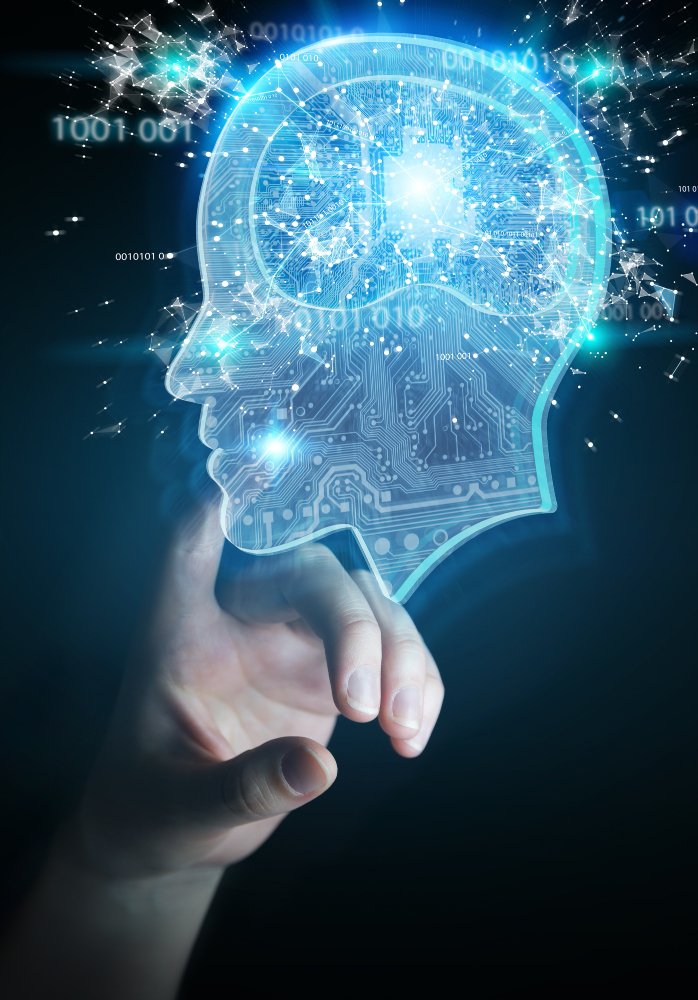Diveb Technologies
AI & ML
Artificial Intelligence (AI) and Machine Learning (ML) are transformative technologies that are revolutionizing various industries by enabling computers to learn from data and make intelligent decisions. Here are key aspects of AI and ML


Artificial Intelligence (AI):
Definition:
- AI refers to the development of computer systems that can perform tasks that typically require human intelligence. These tasks include learning, reasoning, problem-solving, perception, speech recognition, and natural language understanding.
Types of AI:
- Narrow or Weak AI: Specialized in a specific task (e.g., virtual personal assistants, image recognition).
- General or Strong AI: Possesses human-like cognitive abilities and can perform any intellectual task that a human being can.
Applications of AI:
- Natural Language Processing (NLP): Understanding and processing human language for tasks like chatbots, language translation, and sentiment analysis.
- Computer Vision: Enabling machines to interpret and make decisions based on visual data, as in image and video analysis.
- Speech Recognition: Converting spoken language into text, used in virtual assistants and voice-operated systems.
- Expert Systems: Mimicking human expertise in specific domains to make informed decisions.
- AI in Gaming: Enhancing gaming experiences with intelligent opponents and adaptive gameplay.
Machine Learning (ML):
Definition:
- ML is a subset of AI that focuses on the development of algorithms and statistical models that enable computers to improve their performance on a task through learning from data, without being explicitly programmed.
Types of Machine Learning:
- Supervised Learning: Training the model on a labeled dataset where the algorithm learns the mapping between input and output.
- Unsupervised Learning: The model is given data without labeled outputs, and it must find patterns and relationships within the data.
- Reinforcement Learning: Learning by interacting with an environment, receiving feedback in the form of rewards or penalties.
ML Algorithms:
- Regression Algorithms: Predicting a continuous outcome (e.g., linear regression).
- Classification Algorithms: Categorizing data into classes (e.g., decision trees, support vector machines).
- Clustering Algorithms: Grouping similar data points together (e.g., k-means clustering).
- Neural Networks: Deep learning algorithms inspired by the human brain structure.


Applications of Machine Learning:
- Predictive Analytics: Forecasting future trends and outcomes based on historical data.
- Recommendation Systems: Suggesting products, services, or content based on user preferences.
- Image and Speech Recognition: Identifying and interpreting visual and auditory information.
- Fraud Detection: Identifying abnormal patterns in financial transactions.
- Healthcare Diagnostics: Assisting in disease prediction and diagnosis based on patient data.
Challenges and Considerations:
- Bias and Fairness: Ensuring models are not biased and do not discriminate against certain groups.
- Interpretability: Understanding and explaining how a model makes decisions.
- Data Privacy and Security: Safeguarding sensitive data used in training and deployment.
- Ethical Concerns: Addressing ethical considerations in AI and ML applications.
AI and ML are continuously evolving fields with the potential to revolutionize industries, improve efficiency, and create innovative solutions to complex problems. Ethical considerations and responsible AI development are crucial to ensure the positive impact of these technologies on society.

Your Trusted Partner for Software Services, with a focus on delivering innovative and reliable solutions to businesses of all sizes. Know More
Newsletter
Copyright © 2024 Diveb Technologies.

